Summer Reading Challenge: So Many Books, So Little Time
 As the irreverent, mustachioed bandit said in The Treasure of the Sierra Madre (1948), “Badges? We don’t got no badges. We don’t need no badges! We don’t have to show you any stinking badges!”
As the irreverent, mustachioed bandit said in The Treasure of the Sierra Madre (1948), “Badges? We don’t got no badges. We don’t need no badges! We don’t have to show you any stinking badges!”
What does that have to do with today’s post?
Nothing. I just really, really like that quote.
But seriously, folks – today’s post is designed to celebrate my completion of the second annual Summer Classic Reading Challenge spearheaded by Raquel over at Out of the Past, where participants are challenged to read six classic film-related books. Huzzah! I joined in the fun last year, but I only managed to get four books under my belt. So when Raquel announced this year’s event, I was determined to make it through all six. And I made it – just barely, by the skin of my teeth – but, doggone it, I made it!
In addition to reading six books by September 1st, part of the challenge is to write a review of the books you read, so here goes – my six entries in the 2014 Summer Classic Reading Challenge!
 Life With Father (1935) by Clarence Day
Life With Father (1935) by Clarence Day
The 1947 movie Life With Father, starring William Powell and Irene Dunne, is one of my favorite films. So a few years back, when I saw the book upon which the film was based, I grabbed it. And even though it wasn’t quite what I expected, I did enjoy it. Written in 1935, Life With Father consists of a series of humorous autobiographical essays, focusing on the author’s family in the late 1890s. The central figure is the author’s father, Clarence “Clare” Day, Sr.; having viewed the screen version numerous times, I had the film’s cast in my head the entire time I was reading it – and I must say, William Powell was perfectly cast as the blustering, profane, highly principled and even more highly opinionated patriarch. The chapters centered on such incidents as Clare’s effort to coax his long-suffering wife, Vinnie, into keeping accurate household accounts; his decision to have a telephone installed in their home; and his insistence that each of his sons learn to play a musical instrument. My favorite was the chapter entitled “Father Wakes Up the Village,” which described a hot summer day when the iceman failed to show up at the Day home, and Clare’s never-say-die efforts to ensure that his glass of water was properly cooled. At the end of the day, when a fully stocked, brand-new icebox had been delivered to the Days, Clare offered up what was, for me, the book’s funniest line: “Clarence,” he told his son solemnly, “King Solomon had the right idea about these things: ‘Whatsoever thy hand findeth to do, do thy damnedest.’” Interestingly, there were only two specific scenes in the book that were recreated in the screen version, which is what I referred to when I stated earlier that the book wasn’t what I expected. (I kept waiting for chapters depicting the young Clarence’s infatuation with the family’s young visitor, played in the film by Elizabeth Taylor; or Clare’s refusal to be baptized, but these were nowhere to be found.) This didn’t lessen my enjoyment of this entertainingly written book, though, with its amusing situations, turn-of-the-century charm, and well-drawn characters.
 Dark History of Hollywood: A Century of Greed, Corruption, and Scandal Behind the Movies (2014) by Kieron Connolly
Dark History of Hollywood: A Century of Greed, Corruption, and Scandal Behind the Movies (2014) by Kieron Connolly
I can’t get enough of books about the seedy side of Hollywood – so when I spotted this one on the bargain table of my local Books-A-Million store, I didn’t hesitate to snag it. And while there was a great deal of information that is common knowledge among classic film lovers – Fatty Arbuckle’s trials (both figurative and literal), the death of Thelma “Hot Toddy” Todd, the murder of Lana Turner’s boyfriend, Johnny Stompanato, and the anti-Communist witch-hunts – the book not only presented much of this in more detail than I’ve read previously, but it also contained any number of fascinating nuggets that were new to me. First off, before starting with the silent era, the author provided a foundation for the book’s information by laying out extensive details on the founding fathers of the film industry. Connolly went on to cover such interesting personages as Olive Thomas, the beautiful young silent screen star who was married to Mary Pickford’s brother, Jack, and died at the age of 25 after “accidentally” ingesting a topical treatment for her husband’s syphilis. Then there was the 1924 death of producer Thomas Ince – the initial newspaper story stated that he was shot aboard a yacht belonging to famed media baron William Randolph Hearst, but later reports claimed that Ince was suffering from stomach ulcers and was felled by a fatal heart attack – at home. (Right.) I was also shocked and saddened to read the story of Karl Dane, a silent comedy performer who starred with John Gilbert and Renee Adoree in The Big Parade (1925). His career stalled with the talkies – his thick Danish accent didn’t transfer – a mining business venture failed, he lost jobs working as a mechanic and a waiter, and by 1934 he was selling hot dogs outside of Paramount Studios. He killed himself later that year. The rest of the book – with chapters including “The Studio System,” “The Mob,” “Sex” and “Stars” – contains equally interesting information. I didn’t know, for instance, that even the sexy cartoon character Betty Boop was subject to the conventions of the Production Code – in the 1930s, she became “more demure with a less revealing dress, less jewelry, and even fewer curls.” Or that during the filming of Rebel Without A Cause (1955), director Nicholas Ray was having an affair with the film’s star Natalie Wood (Ray was 43 and Wood was 16). Overall, I found this to be an absolutely fascinating book, one of the best I’ve read of its kind. In fact, the only sour note I encountered throughout the entire text was this comment on Marilyn Monroe: “Apart from Some Like It Hot, which, 50 years after her death, is considered classic, none of her films is screened much or even rated that highly.” Perhaps it’s because the author does not live in the United States, but hello? Bus Stop? The Seven Year Itch? Niagara? Don’t Bother To Knock? Not to mention The Asphalt Jungle and All About Eve, where Monroe was a memorable standout despite her brief appearance. Okay, I’m getting steamed now – let me stop before I retract my favorable review!
 Bette and Joan: The Devine Feud (2000) by Shaun Considine
Bette and Joan: The Devine Feud (2000) by Shaun Considine
This is, if not THE best, then certainly one of the top two or three celebrity biographies I’ve ever read – I don’t know how accurate it is, but it sure is loads of fun. As the title suggests, it’s all about Bette Davis and Joan Crawford (my two favorite actress, by the way), and the – shall we say – intense dislike that the two harbored for each other for decades. Let me concede, at the outset, that the book contains several inaccuracies about the movies in which these two stars appeared, which is one reason why I must take the entire contents – no matter how enjoyable they were – with a grain of salt. For example, of Crawford’s 1931 pre-Code film Possessed, the author describes “a restaurant scene [in which] Joan sang multilingual snatches of songs to a trio of dining guests, prompting a nearby patron to ask, ‘Say, what is this? Ellis Island?’” If you’ve ever seen Possessed, you’ll know that Crawford’s character was in the home of her lover (Clark Gable), hosting a lush dinner party when she sang versions of a song, “How Long Will it Last,” in several languages. And that it was later in the party that another character arrived, met the “trio” of foreign dignitaries, and delivered the “Ellis Island” remark.” In another instance, the author discusses Bette Davis’s 1942 film In This Our Life – he incorrectly states that she steals her sister’s husband, drives him to suicide, “then, on the way back from his funeral kills a little boy with her car.” (She wasn’t on her way home from the funeral when the car accident occurred – in fact, his funeral wasn’t depicted in the film at all.) These goofs notwithstanding, Bette and Joan is a real page-turner, full of catty comments (“I wouldn’t mind her personality if only she could act,” Bette once said about Joan), juicy gossip (three days after divorcing Davis, her third husband, William Grant Sherry, married their nanny), and tidbits of information that I’d never read before (everything related to the 1939 film The Women was female – from the authors of the books on the library shelves, to the dogs, monkeys, and horses that were in various scenes). It’s also filled with entire conversations, at least some of which are undoubtedly a figment of the author’s creative imagination – but even that doesn’t detract from the book’s overall yummy factor. Neither of the actresses emerges from the book smelling like a rose, but the look inside their longtime feud only made me love them both all the more. After all, who better than Joan Crawford to serve up life lessons like this one: “You can have your cake and eat it. If you nibble at the edges, it lasts longer.”
 Center Door Fancy (1972) by Joan Blondell
Center Door Fancy (1972) by Joan Blondell
Did you know that Joan Blondell wrote a novel? Based on her life? Well, she did – and it. Is. AWESOME. I loved this book – even more so because I knew who she was writing about. In the novel, Blondell is Nora Marten, and Center Door Fancy covers everything from her father’s start in vaudeville, which eventually expanded to an act featuring Nora, her mother, and her two siblings, through her third marriage. (Incidentally, according to the book, the title refers to an ornate, painted archway in the middle of a stage set, through which the vaudeville performers would enter.) From the first page, Blondell manages to create a world that you feel a part of: you can practically see the world-weary vaudeville performers, smell the hot dogs and carrots cooked in a hotel room over a can of Sterno, feel the cramped muscles from criss-crossing the country in a second Ford Model T. She takes us through the vaudeville years, her big break on Broadway, her entrance onto the Hollywood scene, and her three failed marriages, to a cinematographer, an actor, and a producer. And she doesn’t pull any punches – the book depicts Nora’s rape by a policeman, her hit-or-miss education, her mother’s numerous extramarital affairs, her first husband’s alcoholism and the series of abortions he arranged for her because he “wanted all of [her] love” for himself. While giving fictional names to the people closest to her and a select few others (her parents, siblings, three husbands, June Allyson, Marion Davies, Warner Bros. studio), Blondell cleverly weaves in mentions of such real-life stars as James Cagney, Clara Bow, Ruth Chatterton, George Brent, Greer Garson, Bette Davis, Frank McHugh. The overall effect is like stepping into Blondell’s life and listening, enraptured, while she tells you all her most intimate secrets. (And let me tell you, it certainly gave me a different impression of several personages, especially Dick Powell, June Allyson, and Mike Todd.) I can safely say that this is one of my favorite books of all time – I get all warm and fuzzy just thinking about it. And then I want to pick it up and read it again.
 Joan Blondell: A Life Between Takes (2007) by Matthew Kennedy
Joan Blondell: A Life Between Takes (2007) by Matthew Kennedy
After reading about Joan Blondell’s fictionalized life in Center Door Fancy, what better than to read her biography? In my experience, most celebrity biographies are difficult to read – they just don’t flow like I’d like, and I usually give up before getting very far. But this isn’t one of those. Author Matthew Kennedy did an outstanding job bringing Joan Blondell to life, and it was quite an amazing experience, especially after having just read Center Door Fancy. Kennedy’s biography fills in the blanks, career-wise, covering Blondell’s vaudeville and Broadway career, and giving extensive attention to her many films, from such well-known gems as The Public Enemy (1931) and Golddiggers of 1933, to lesser-known fare like I’ve Got Your Number (1934) and The Traveling Saleslady (1935), as well her extensive television career. Kennedy also takes us inside Blondell’s family life, giving us access to her siblings, Edward, Jr., (known as Junie) and Gloria; her three spouses, George Barnes, Dick Powell, and Mike Todd; her children, Norman (who was fathered by Barnes but later adopted by Powell) and Ellen; and a host of in-laws and grandchildren. I finished reading this book just a few days ago, while seated in a Forever 21 store, waiting for my youngest daughter as she tried on school clothes. When I came to the end which covered Blondell’s death from leukemia, I was shocked (and a little mortified) to find myself in tears – that’s how good of a job Kennedy did with bringing the reader into Blondell’s life. This is a good one.
 Palm Springs Babylon (1993) by Ray Mungo
Palm Springs Babylon (1993) by Ray Mungo
Ugh. This was the last book I read and, by far, my least favorite. I’ve had it in my collection for years – I bought it on August 14, 1993 (good grief – that was before my children were born, and my oldest just started college!). And now I know why I never read it. It purports to be a fascinating tell-all, offering “sizzling stories from the Desert Playground of the Stars” and “a secret history of [Palm Springs] at its sleaziest, most corrupt, and most deliciously indecorous.” Instead of that juicy tome, though, what I got was a lot of offensive innuendo, spurious gossip, and rehashed speculations. The book, for instance, refers to Clark Gable’s “bisexual liaisons in Palm Springs” as “the stuff of undocumented rumor.” So why even mention it? The author also makes a point – literally, it’s mentioned three times in the book, in three different chapters – of insinuating that former first lady Mamie Eisenhower had a drinking problem. In one case, he states that Eisenhower was “frequently perceived as unstable on her feet” and in another he refers to her as the president’s “always unsteady wife” and notes the “undying rumors of [her] little drinking problem.” According to what I’ve been able to find out, Mamie Eisenhower had an inner ear problem that sometimes affected her balance. That’s all. End of story. The entire book is like that – a bunch of slanderous labels tossed around like so much confetti. This person was a big drinker. That person slept around. And that one had a son who was addicted to drugs. Blah, blah, blah. Another thing about the book – it’s arranged into chapters that ostensibly are focused on specific subjects or individuals. But a couple of the so-called chapters are merely lists – one, which is supposed to provide “vital statistics about Palm Springs,” includes such scintillating information as the number of plastic surgeons in Palm Springs (17), the number of daily newspapers (1), and the number of t-shirt shops (“countless”) (seriously, it says “countless,” y’all). Another chapter, called “Just Hangin’ Around,” consists of four short paragraphs and informs us that singer Sarah Vaughn met Frank Sinatra in Palm Springs in the early 1970s, was a regular at several area hotspots that were also frequented by Sinatra, and that after her 1990 death, Sinatra called her “one of the finest vocalists in the history of pop music.” What is the point of all this, you may ask? I DON’T KNOW. Bottom line: skip this one.
And that’s it! I’m sad that the summer has come to an end, but I’m jazzed that I spent this one indulging in some first-rate classic film reading material. Thanks for coming along for the ride!


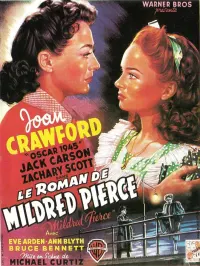




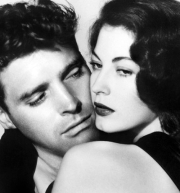


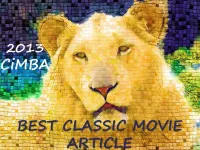









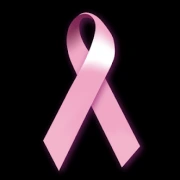
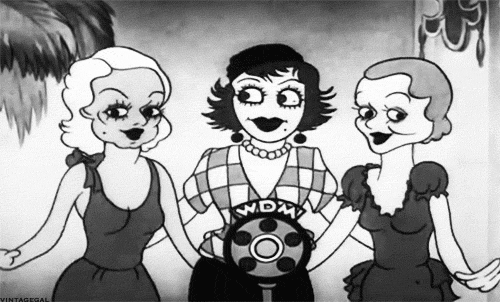


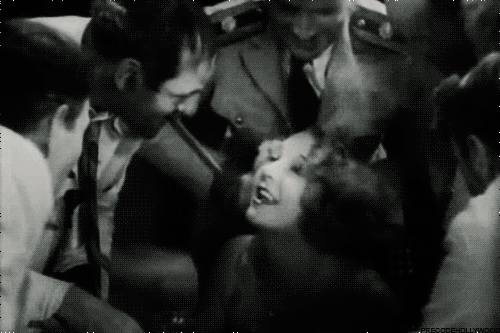


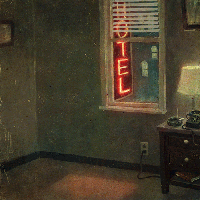
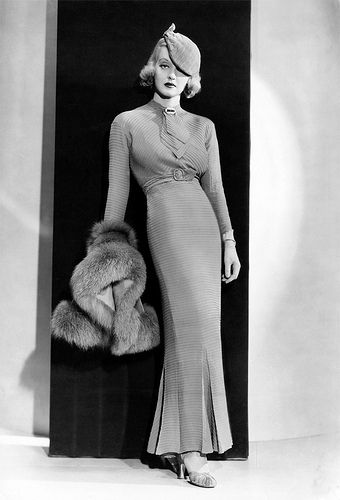



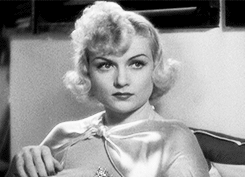
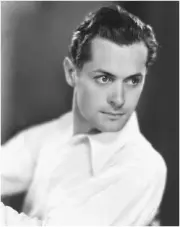
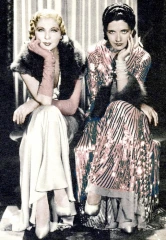

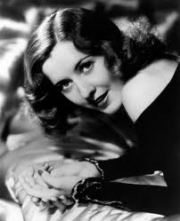
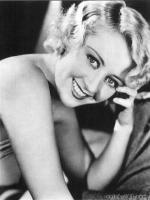


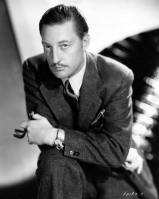




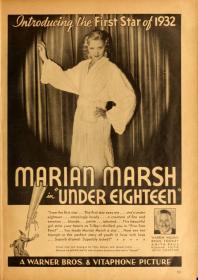
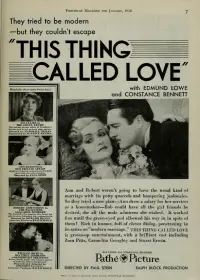

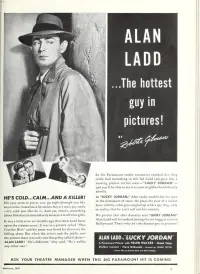
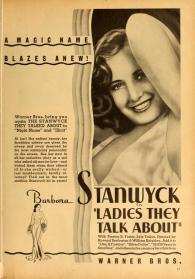

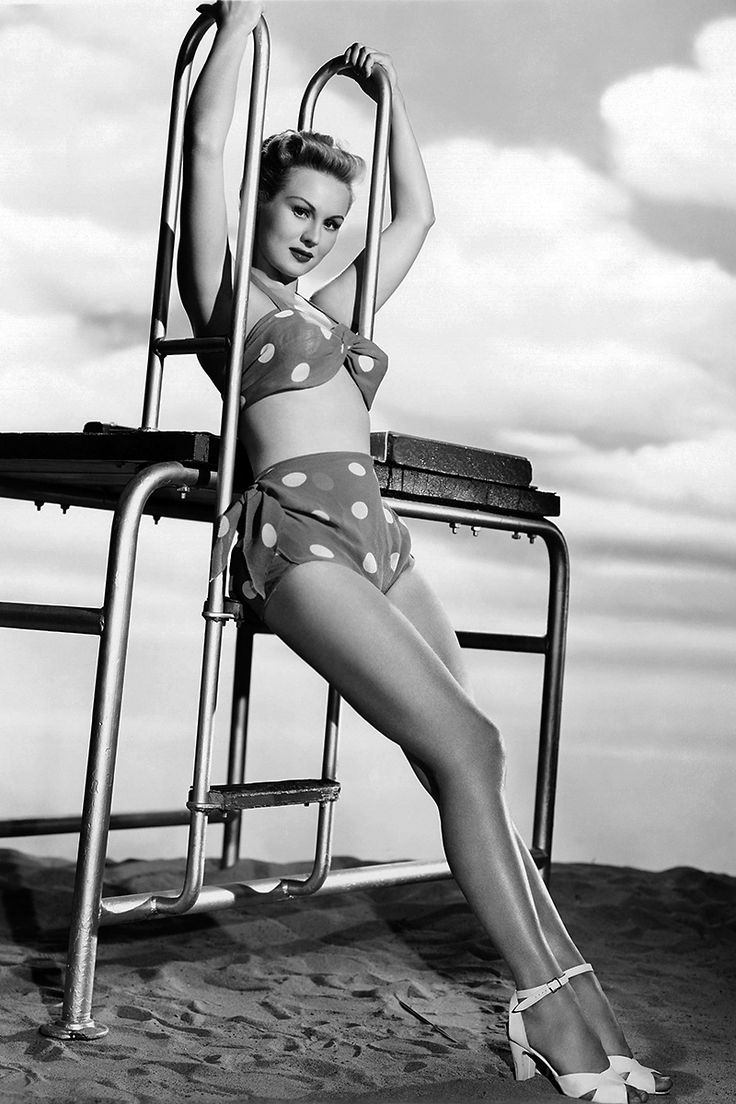

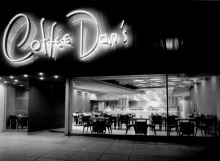

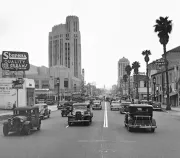
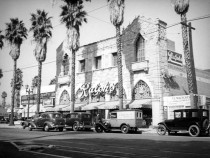


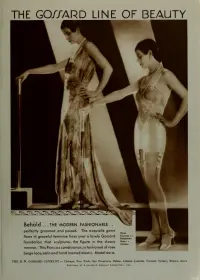

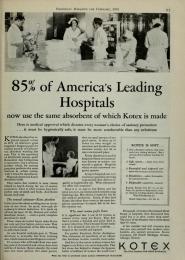

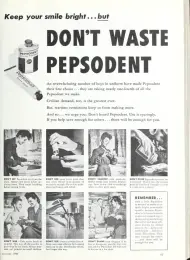


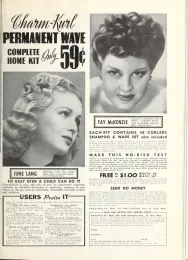


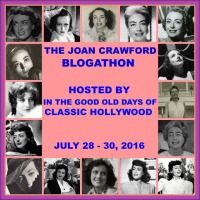


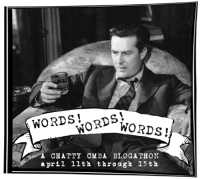

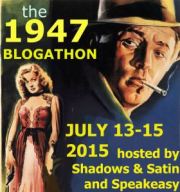
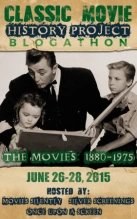
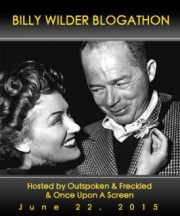


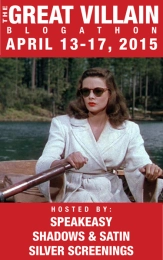


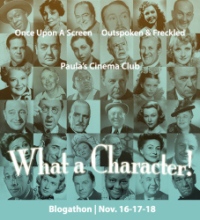
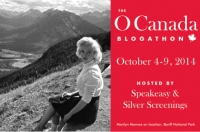


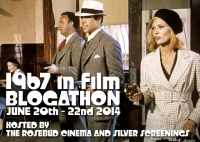


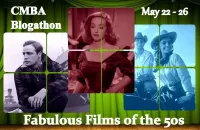
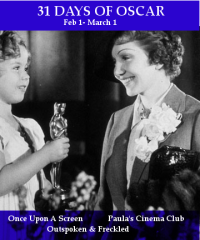
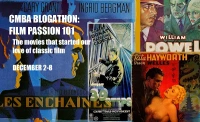







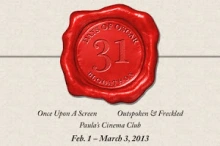

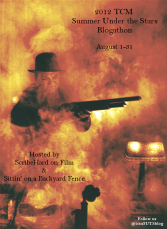


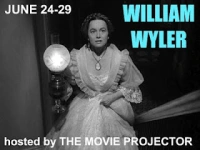





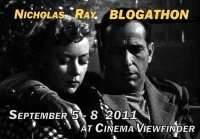

What an amazing selection of books! I just added the Joan Blondell biography to my bookstore wishlist – thanks for the great recommendation! If you’re looking for another great celeb biography to read, I’d suggest Christina Rice’s book about Ann Dvorak. It was easily one of the most entertaining and fluid bios I’ve ever read.
Thanks Vanessa — and thanks for the Ann Dvorak recommendation. I actually got the Ann Dvorak book for Christmas but, of course I haven’t read it yet! Because of your recommendation, though, I’m going to give it a go!
I did NOT know that Joan Blondell wrote a novel. Wow. And it sounds good too. I’ve been meaning to read that Blondell bio but now have the novel on my wishlist as well. Great reviews! I’m impressed that you managed all that reading and wrote such insightful and entertaining reviews. I love your taste in books! 🙂
Thanks so much, Raquel — and thank you for this most awesome challenge. If it wasn’t for you, there’s no doubt in my mind that I probably would never have read all these books — I’ve had several of them for YEARS. I can’t wait ’til next year! 🙂
This was wonderful, Karen! Really enjoyed your reviews. I read LIFE WITH FATHER many years ago but now I’m curious to go back to it. I’d forgotten how little made it into the movie!
I love the image of you reading the Blondell book in Forever 21. I agree, it was a good one.
Thanks for the insights on four books which were new to me!
Best wishes,
Laura
Thanks, Laura — it was almost as much fun writing the reviews as it was reading the books! Funny you mentioned Forever 21 — I could not believe I started crying right there in the store, with a pile of clothes on my lap, surrounded by iPhone-toting teenagers. LOL
*applause* I am impressed because though I buy many movie books I just don’t get through them in one read, just dip in whenever. The only one of your list I have read all the way is the Blondell bio, you described it and its effect perfectly. Excellent range of stuff, nice reviews too, you inspire me to join this next time around 🙂
Thanks, Kristina. You simply HAVE to join us next year — it’s so great to finally read some of these books that I’ve literally had for YEARS and probably would never get around to reading.
I didn’t know Joan Blondell wrote a novel. Sounds great! Must find it.
It’s really good, Ruth — she was an excellent writer.
Finally getting to reading this. I saw you had reviewed the Blondell bio, and, as I was reading it at the time, I wanted to finish before getting your opinion. I like how you said Kennedy brought Joan to life. That’s exactly what I loved about his book. If you liked this one, you will definitely love the Dvorak book. It’s so well written that I still think about it over a year after reading it! Can’t wait to read Center Door Fancy after reading your review. I saw it available at the library years ago, but wondered if it was any good.
Great reviews!
Hi, KC — you know, you are the second person to recommend the Ann Dvorak book. I started it, but I didn’t get very far (I think I stopped around the time she married Leslie Fenton). But you have inspired me to pick it up again. I hope you’re able to find Center Door Fancy — I know you’ll like it, especially now that you know her story. It’s extra fascinating to see how she portrays her first husband and Dick Powell, and June Allyson!
That’s the same edition of “Life with Father” that my family had when I grew up. I never read it until I downloaded a free edition to my Kindle. Clarence doesn’t come off as lovable as he did in the movie; there are times when he’s downright cold. I like how “do thy damnedest” became “do thy doggonedest” for the movie — it sounds more ridiculous.
I totally agree — I’m far more fond of the film Clarence than the book. I found that, as a father, he could be quite harsh, and sometimes a real ass where Vinnie was concerned. The screenwriters — and William Powell — certainly turned him into a lovable guy.
One of my favorite movie moments is in Father of the Bride when Elizabeth Taylor is about to call off her wedding and the reason ends up being she and fiance disagree about having a honeymoon in Nova Scotia!! She don’t want to go to stinking Nova Scotia!!
This made me laugh out loud, Nancy. Apparently, I’m not the only person who loves this stinking reference!